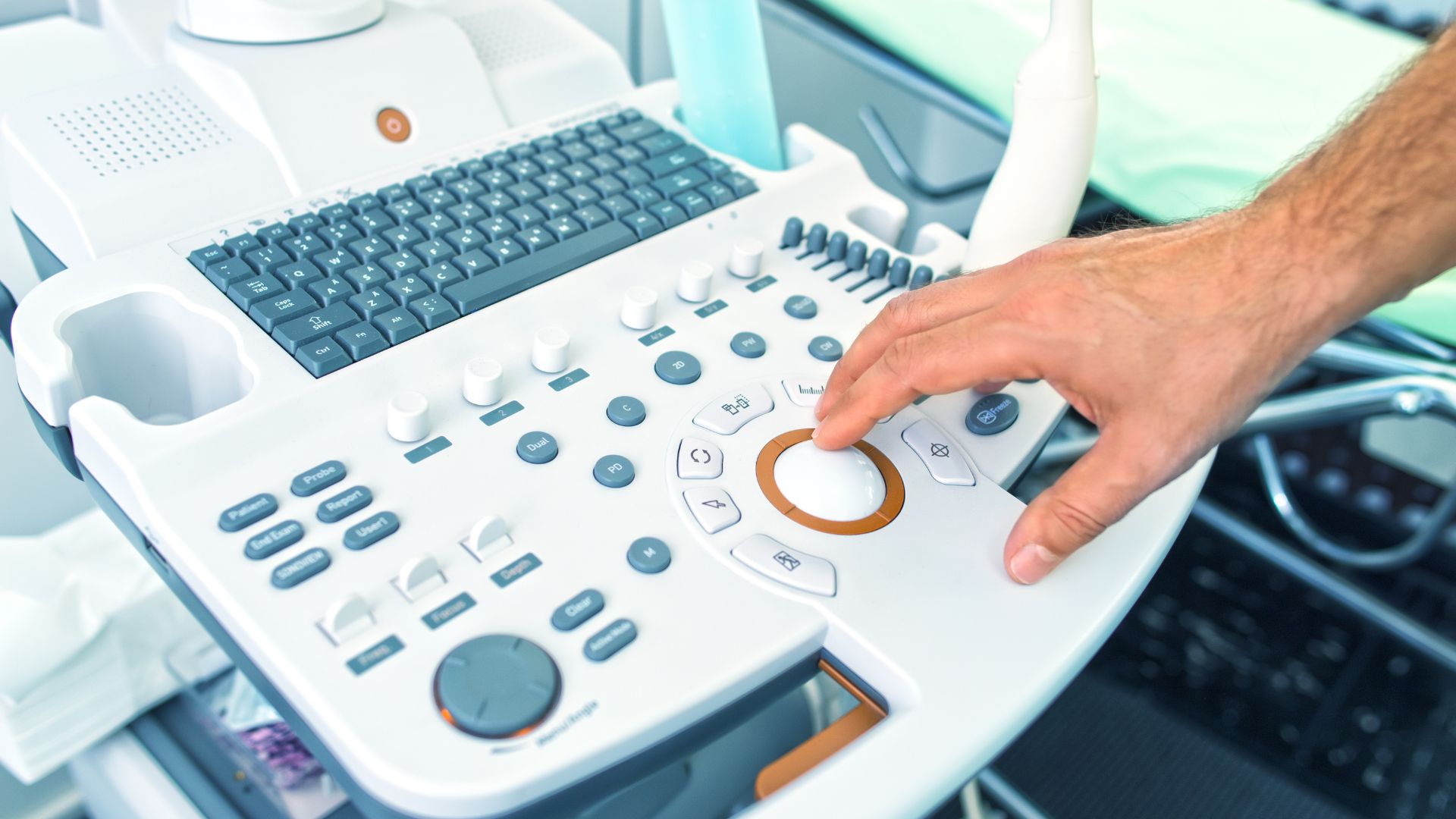Dental X-ray machines & imaging equipment are essential tools in modern dentistry, aiding diagnostics & treatment planning. Because these devices emit radiation, the FDA enforces strict regulatory controls to ensure safety & effectiveness. Manufacturers of intraoral, extraoral, panoramic & cone beam CT (CBCT) scanners must comply with FDA medical device regulations & radiation-emitting device (RED) standards. Non-compliance can result in Import Alerts, detentions & enforcement actions that delay market entry.
How the FDA Classifies Dental X-Ray Devices
FDA classification is based on device risk & function:
- Class I (Low Risk): Includes accessories such as film holders & lead aprons. Exempt from 510(k), but still require Establishment Registration & Medical Device Listing.
- Class II (Moderate Risk): Covers most intraoral, extraoral & panoramic X-ray systems. These require 510(k)clearance.
- Class III (High Risk): Includes CBCT scanners, which may require Premarket Approval (PMA) due to higher diagnostic complexity & radiation exposure.
Steps to Legally Market a Dental X-Ray Device in the US
Manufacturers must complete the following steps to comply with FDA regulations:
- Establishment Registration: Annual registration for all manufacturers & importers.
- Medical Device Listing: Each device must be listed with the FDA.
- Radiation Emitting Device (RED) Compliance: Devices must meet FDA radiation safety performance standards.
- UDI Compliance: Imaging devices must feature a Unique Device Identifier for traceability.
- Labeling & Advertising Compliance: Claims must be accurate & not misleading to avoid enforcement actions.
Common Compliance Challenges & Solutions
Understanding real-world pitfalls helps manufacturers plan ahead:
Case Study: X-Ray System Detained Due to Missing RED Compliance
A European manufacturer importing a panoramic X-ray system into the US was detained for lacking RED documentation. This caused:
- Shipment delays while collecting radiation compliance data.
- Additional testing costs.
- Consulting support to correct the issue.
Case Study: Improper Classification of a CBCT Scanner
A company misclassified a CBCT device as Class II instead of Class III. As a result:
- The product launch was delayed pending PMA review.
- Clinical trials were required.
- A 513(g) was filed for classification clarification.
Regulatory Considerations for Manufacturers
- FDA User Fees: Required annually; Small Business Fee Assistance may be available.
- Import Alerts: Non-compliant systems may be blocked.
- Certificate to Foreign Government (CFG): Needed for export.
- Health Canada Licensing: An MDEL may be needed for Canadian sales.
Maintaining Compliance After Market Entry
FDA obligations don’t stop at approval. Manufacturers must:
- Submit eMDR Reports: For device malfunctions or safety concerns.
- Use FOIA Requests: Gain insight into competitor clearances.
- Maintain a Medical Device Master File: To simplify future submissions.
- Engage Regulatory Consultants: To keep up with evolving RED & FDA requirements.
Imaging the Future with Full FDA Compliance
Bringing dental X-ray systems to the US market requires more than radiation shielding—it requires precision in regulatory compliance. Manufacturers that correctly classify their devices, maintain RED standards & ensure accurate labeling can streamline approval, avoid costly setbacks & ensure long-term success.








